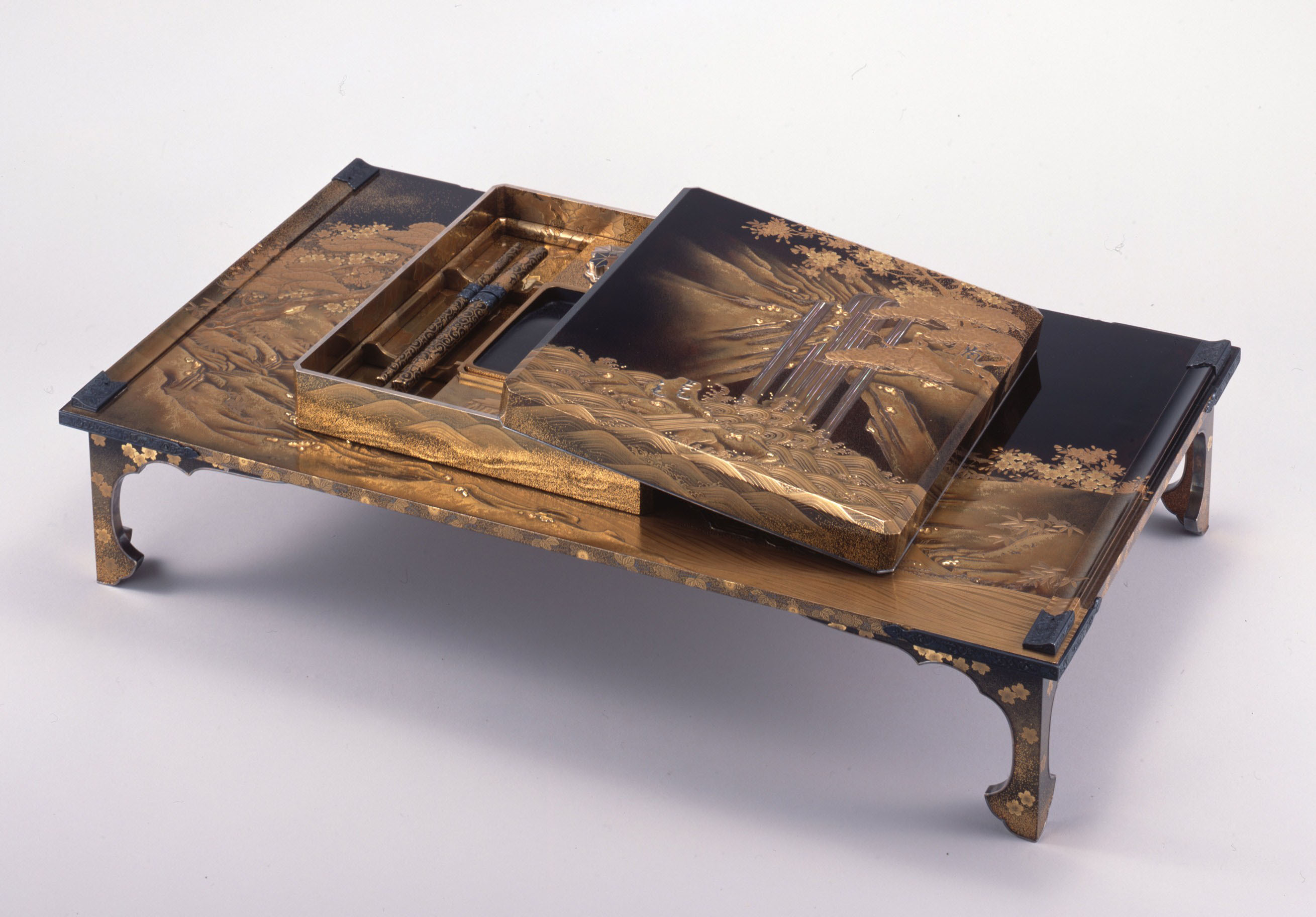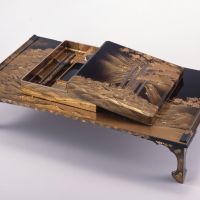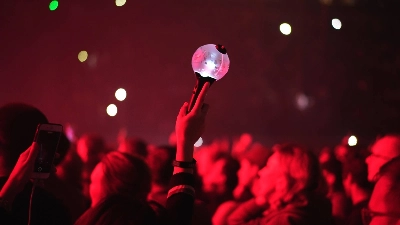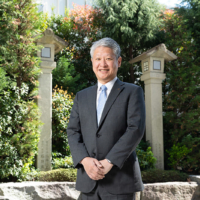During the Meiji Era (1868-1912), as Japan opened up to the rest of the world the nation's artists began to lose the support of Buddhist temples, Shinto shrines and the daimyo (landed) class.
This was observed by the Mitsui family who, having made a fortune as money lenders and merchants, were then the richest clan in Japan. As the country began to be swamped with Western art, the Mitsui family saw it as their duty to help preserve and support Japanese culture. They invested heavily in Kyoto-based artisans, and in the process acquired a vast collection of works, including a large number of Zochiko maki-e lacquerware works.
This exhibition showcases more than 40 Zochiko pieces as well as 30 other lacquerware works from the Mistui collection.
Mitsui Memorial Museum; (03) 5777-8600; Mitsui Main Bldg. 7F, 2-1-1 Nihonbashi-muromachi, Chuo-ku; 1-min walk from Exit A7 of Mitsukoshimae Station, Ginza, Hanzomon lines. 10 a.m.-5 p.m. ¥1,200. Closed Mon. and Oct. 11; open Oct. 10. www.mitsui-museum.jp.
An untitled work by Eva Berends (2010) COURTESY OF SOMMER & KOHL, Jens Ziehe photo

















With your current subscription plan you can comment on stories. However, before writing your first comment, please create a display name in the Profile section of your subscriber account page.